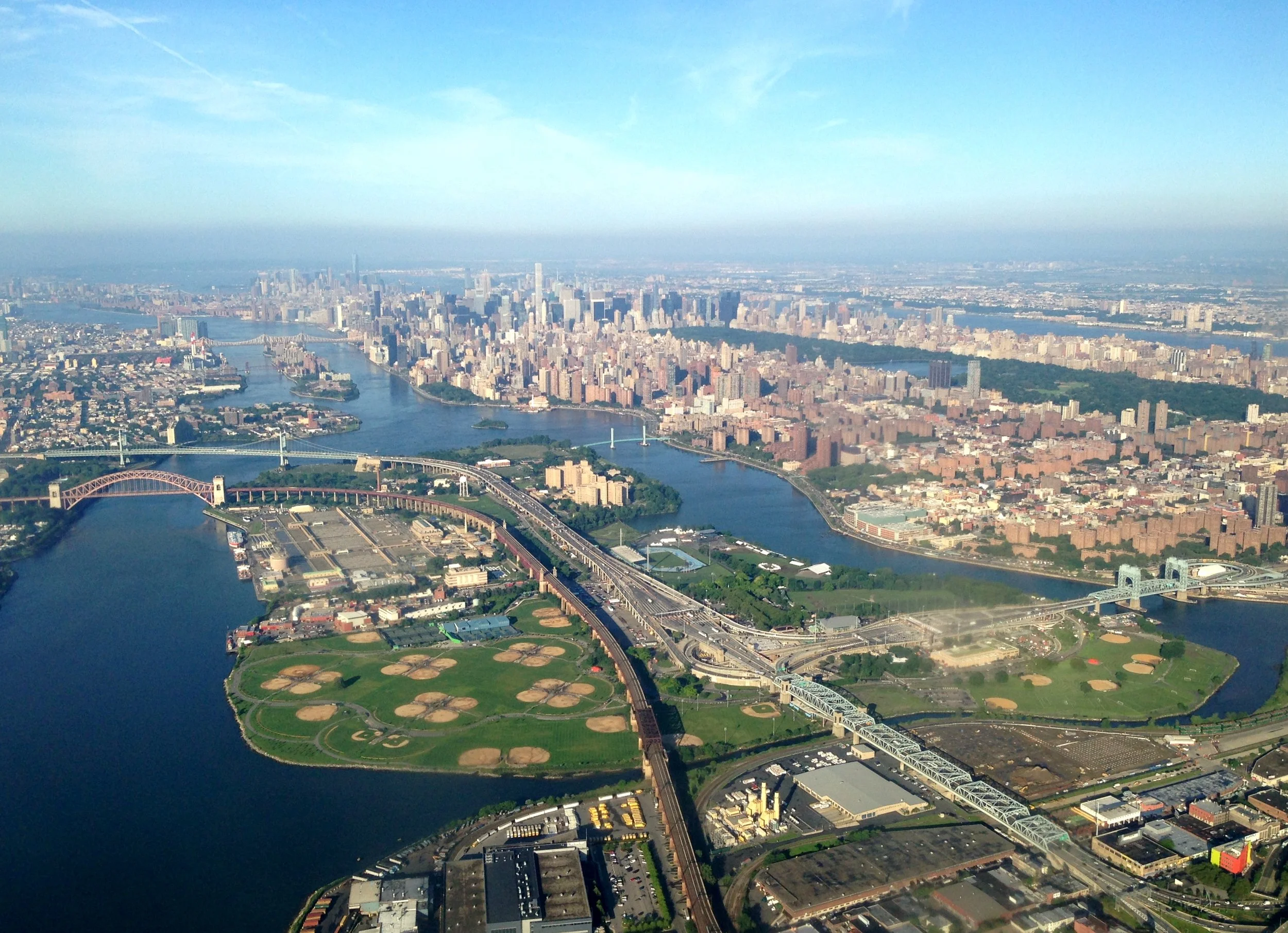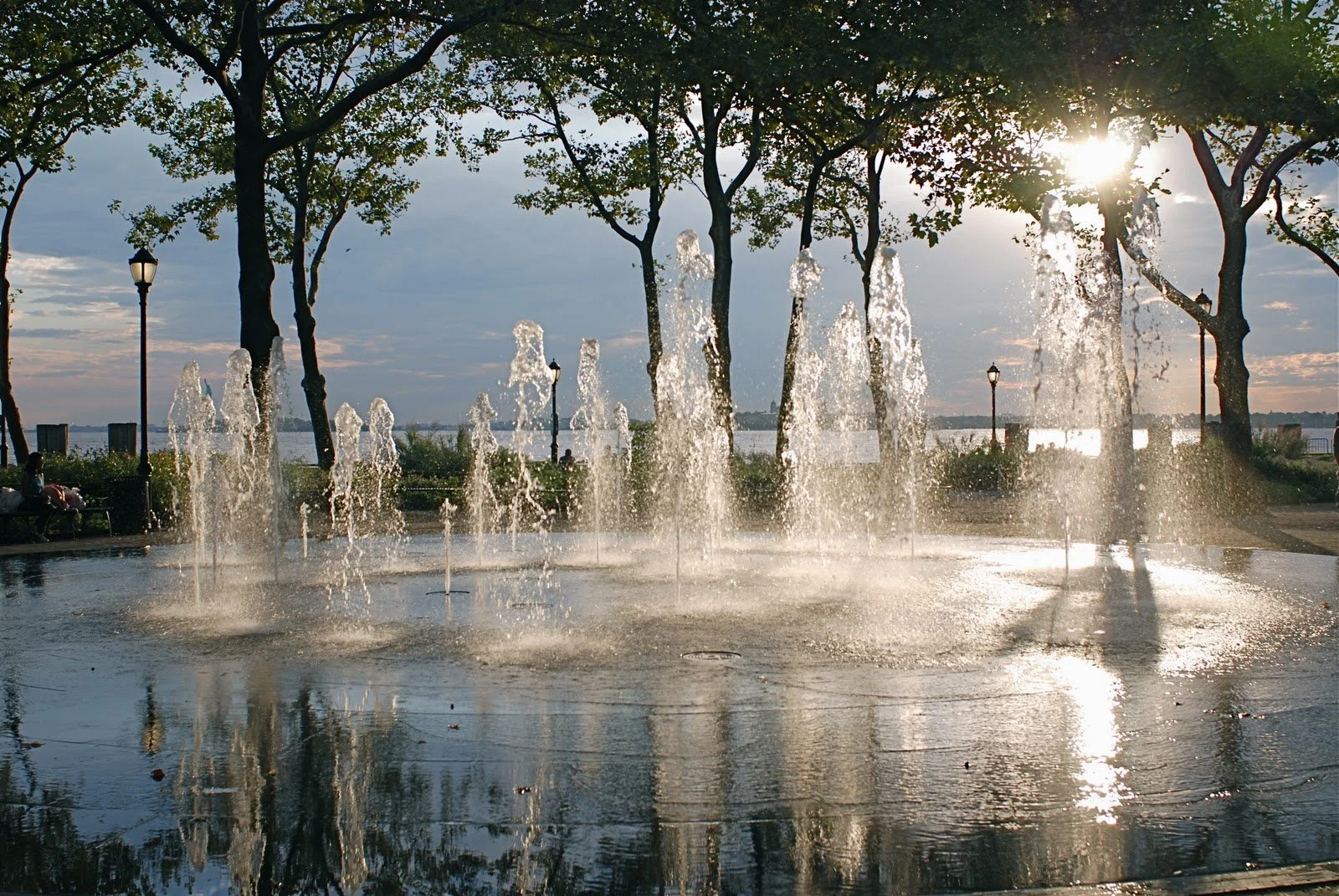When designing parks and public spaces in landscape architecture, the focus is on balancing aesthetics, functionality, sustainability, and community needs. Here are key elements and principles often used:
-
Accessibility: Ensure the space is inclusive for all users, including those with disabilities.
Safety: Good visibility, lighting, and clear circulation paths.
Ecological Sustainability: Use native plants, manage stormwater naturally (bioswales, rain gardens), and minimize impervious surfaces.
Sense of Place: Design should reflect local culture, history, and environment.
-
Green Lawns & Open Fields: For recreation, sports, or events.
Walking/Biking Paths: Provide connectivity and encourage physical activity.
Water Features: Ponds, fountains, or interactive splash pads for visual interest and cooling.
Seating Areas: Benches, picnic areas, and shaded pavilions for comfort.
Playgrounds: For children, often with natural or thematic designs.
Public Art & Sculptures: Enhance visual appeal and cultural value.
Planting Design: Layered plantings, seasonal interest, pollinator gardens.
-
Urban Plazas: Hardscape-focused, for social interaction and events.
Community Parks: Blend active and passive recreation spaces.
Botanical Gardens: Educational and ornamental, with curated plant collections.
Linear Parks: Often along rivers or old railways, useful for trails and ecological restoration.







